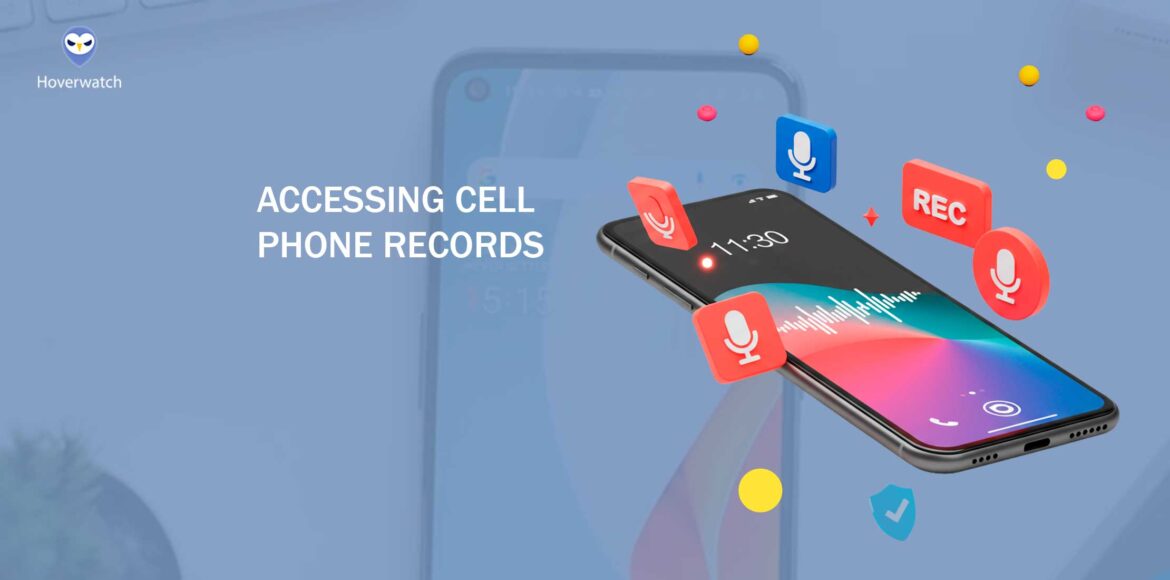You open your phone bill and notice a number you don’t recognize, wondering if Accessing Cell Phone Records might provide the answers. Maybe you manage a small business and suspect a company-issued phone is being misused. In all these situations, the question quickly becomes practical and urgent: how to access cell phone records — and do it without breaking the law? In this guide, we separate facts from myths and explain what genuine access to cell phone records looks like in the real world.
In this year, cell phone records are guarded by a complex mix of privacy laws, telecom security, and online misinformation. Some methods are perfectly legal and straightforward. Others sit in a dangerous “gray zone” that can lead to criminal charges. And then there are outright scams that will steal your money or your identity.
This article shows what actually works, what to avoid, and where tools like Hoverwatch fit in — especially if you’re wondering how to get access to cell phone records without crossing legal boundaries.
What You Can Actually Do Legally (and Safely)
Not all phone record access is off-limits. If you have legitimate authority — as the account holder, a parent monitoring a minor child, or an employer managing company-owned devices — there are safe, legal ways to see call history.
These options won’t give you the contents of calls, but they can provide valuable metadata such as numbers dialed, time, and duration. If you’re asking yourself “how can I access my cell phone records?” this section is for you.
1. Access as Account Holder via Carrier Portal
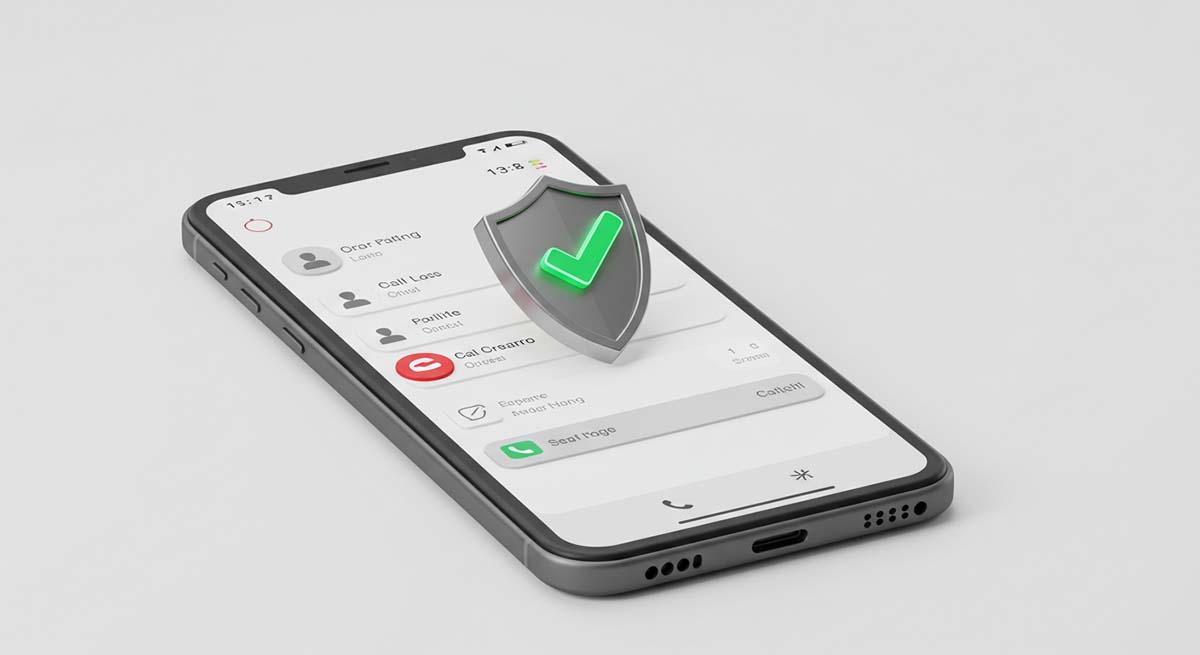
How It Works: If you are the primary account holder for a mobile plan, your carrier’s online portal or mobile app will display detailed call logs for every line on the plan.
This includes incoming and outgoing numbers, timestamps, and call durations. Major U.S. carriers like Verizon, AT&T, and T-Mobile offer this feature.
“This is the baseline legal access. It’s transparent to the carrier and leverages your existing contractual relationship. Remember, it only covers calls made through the carrier network, not internet-based apps like WhatsApp.” – Cybersecurity & Privacy Attorney.
Difficulty: Very low — just log in with your carrier account credentials. No device access or extra software needed.
Gets Records? Yes for call logs; no for call audio. Carriers do not record standard calls for customers.
Cost: Free — included with your mobile plan (a legitimate form of free access to cell phone records if you own the account).
Real-world case: In 2023, during a contested divorce in Illinois, a spouse used account-holder access to verify suspicious numbers in the family plan’s call history — evidence that later became part of the legal record.
This is the simplest and most reliable legal method for viewing call logs if you control the account. Data is limited to carrier-managed calls and may be available only for the past 12–18 months.
2. Parental Control Apps (e.g., Hoverwatch, Qustodio, Bark)
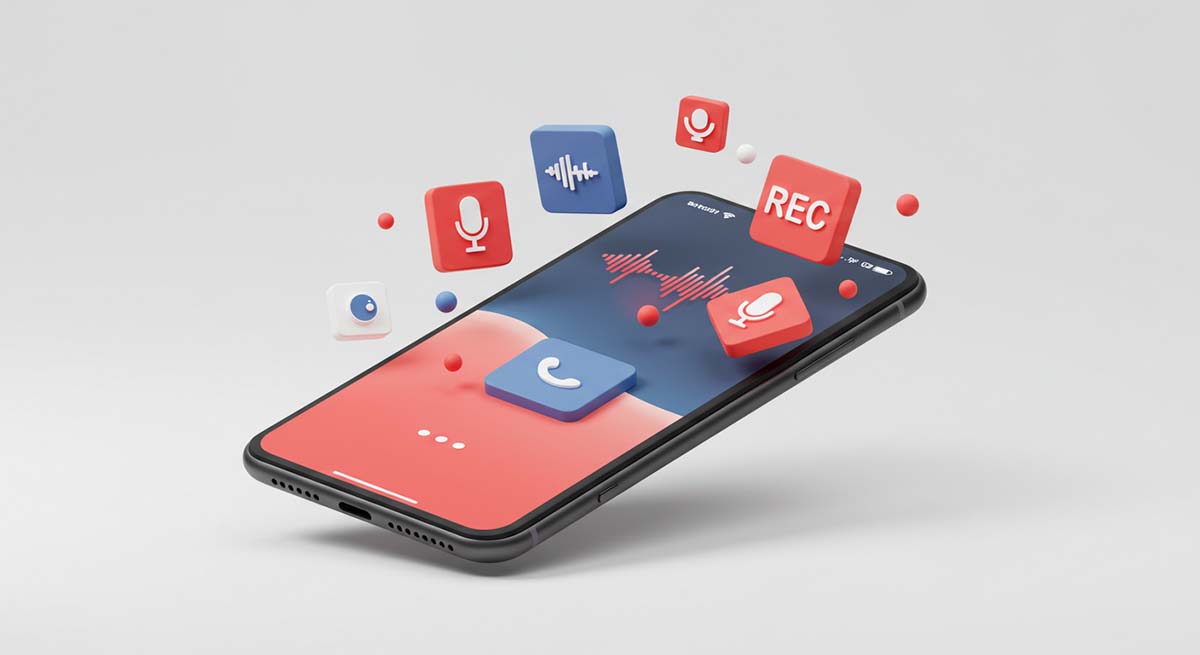
These apps are designed for lawful, transparent monitoring.
They are particularly relevant for parents seeking to protect children from online risks and for businesses managing company devices.
Cost: Typically $50–$150 per year, per device.
“Parental apps are legitimate for safeguarding kids, but boundaries matter. Installing secretly on a teen’s phone can erode trust. Legality hinges on monitoring minors; using it on adults without consent is a felony. Stick to metadata (logs) – recording calls is a legal minefield.” – Child Safety & Digital Ethics Specialist.
How to read this table: It compares popular parental control apps on key features relevant to call record access.
| App | Call Log Access | Text Message Tracking | Location Tracking | Social Media Monitoring | Call Recording | Price Range |
|---|---|---|---|---|---|---|
| Hoverwatch | Yes | Yes | Yes | Yes | No (compliance) | $50–$100/year |
| Qustodio | Yes | Yes | Yes | Limited | No | $55–$138/year |
| Bark | Yes | Yes | Yes | Strong focus | No | $99/year |
Real-world case: A 2024 Florida survey by the CyberSafeKids initiative found that 37% of parents using monitoring software were able to intervene in potentially harmful interactions online.
A powerful, legal option for parents monitoring minor children. Hoverwatch offers detailed call logs, SMS tracking, and location data, helping families and small teams stay safer without crossing legal lines.
3. Carrier Family Services (e.g., Verizon Smart Family, AT&T Secure Family)
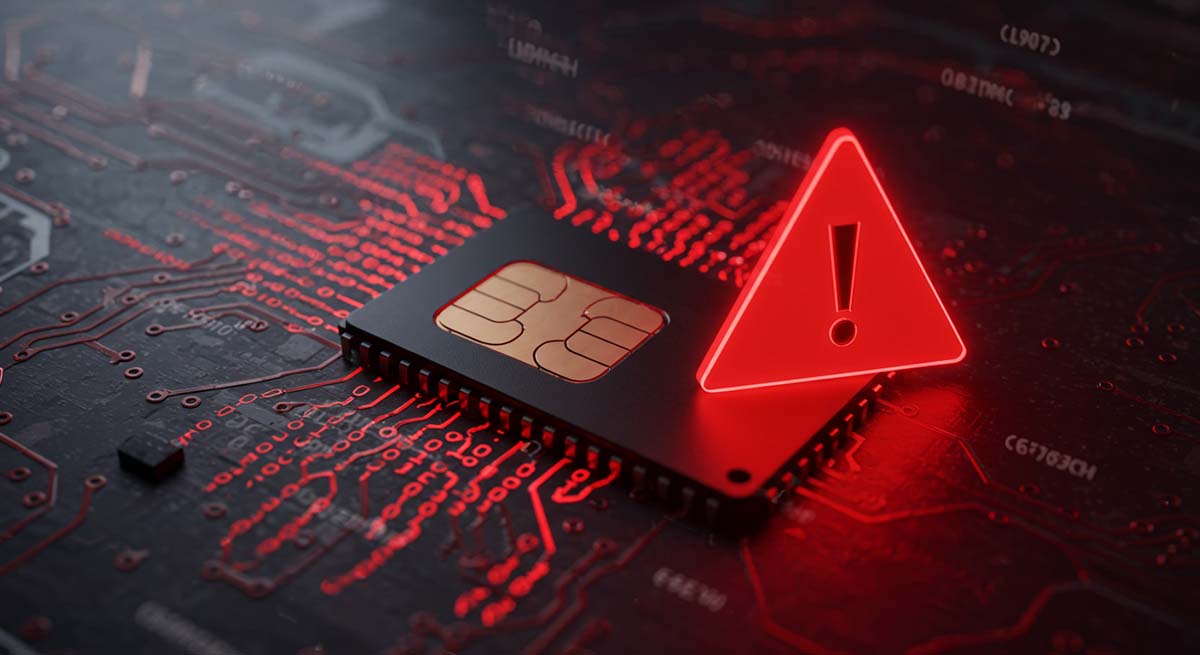
How It Works: Add-on services from carriers allow account holders to monitor call logs, track location, and apply filters. Setup takes minutes via your account.
Cost: $8–$15/month per line.
“Carrier services offer simplicity and reliability for basic parental oversight directly on the network level. They’re a good ‘set it and forget it’ option, but lack the depth of monitoring for messaging apps that dedicated parental control software provides. Ideal for younger children.” – Telecom Consumer Advocate.
How to read this table: It compares the main carrier family services by features and pricing.
| Service | Call Log Access | Location Tracking | Content Filtering | Social Media Monitoring | Price |
|---|---|---|---|---|---|
| Verizon Smart Family | Yes | Yes | Yes | No | $9.99/mo |
| AT&T Secure Family | Yes | Yes | Yes | No | $7.99/mo |
| T-Mobile FamilyMode | Yes | Yes | Yes | No | $10/mo |
Convenient and reliable for basic oversight — especially for younger children. Lacks the depth of dedicated apps like Hoverwatch.
4. Court Subpoena / Legal Request
How It Works: In litigation or investigations, courts can order carriers to release records. Only law enforcement or attorneys in active cases can request this.
Cost: $1,000–$10,000+.
Real-world case: In Carpenter v. United States (2018), the U.S. Supreme Court ruled that accessing historical cell-site location information requires a warrant, reshaping expectations around who can access my cell phone records and under what conditions.
Risky Methods You Should Avoid
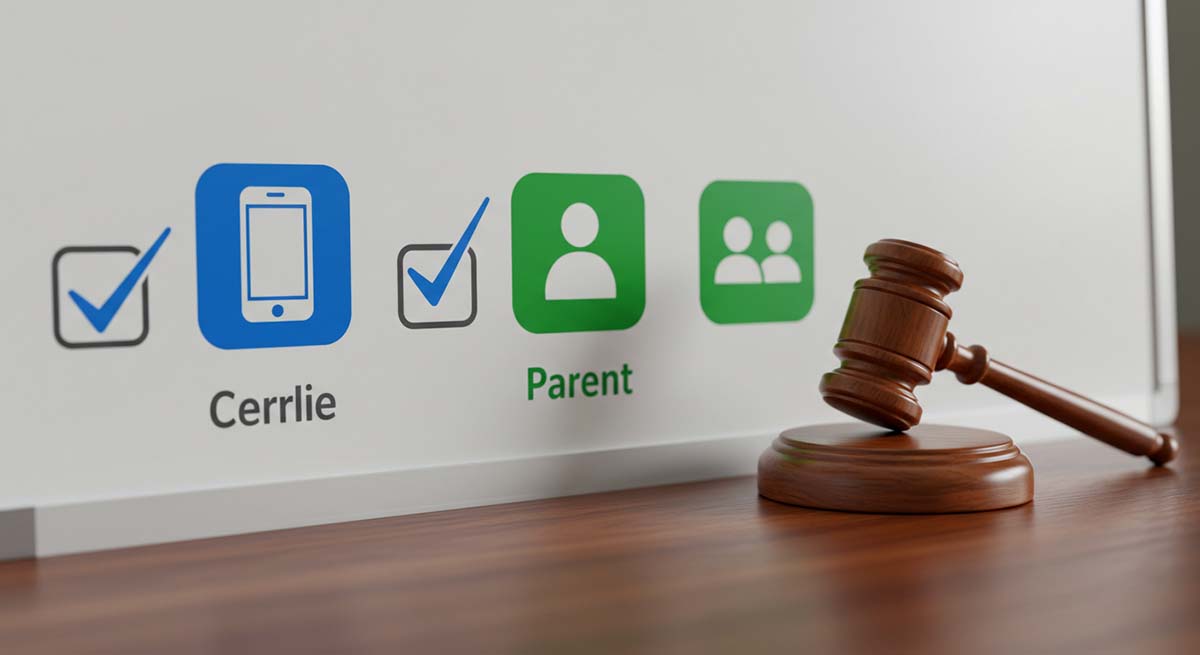
These methods are illegal for private individuals in the U.S. and carry severe penalties. If you’re searching how to get access to cell phone records beyond the legal options above, stop here — the rest is dangerous ground.
| Method | How It Works | Does It Work? | Risks |
|---|---|---|---|
| SIM Swapping | Impersonating a victim to transfer their number to a new SIM. | Intercepts calls/SMS after swap; no past records. | Felony charges; widely prosecuted. |
| Exploiting SS7/Diameter | Manipulating telecom signaling protocols to reroute traffic. | Possible for state actors; inaccessible to public. | Espionage charges, federal investigation. |
| Government-Grade Spyware | Malware like Pegasus used by governments. | Yes, for all data; unavailable legally to public. | Severe criminal charges. |
Scams and Myths to Avoid
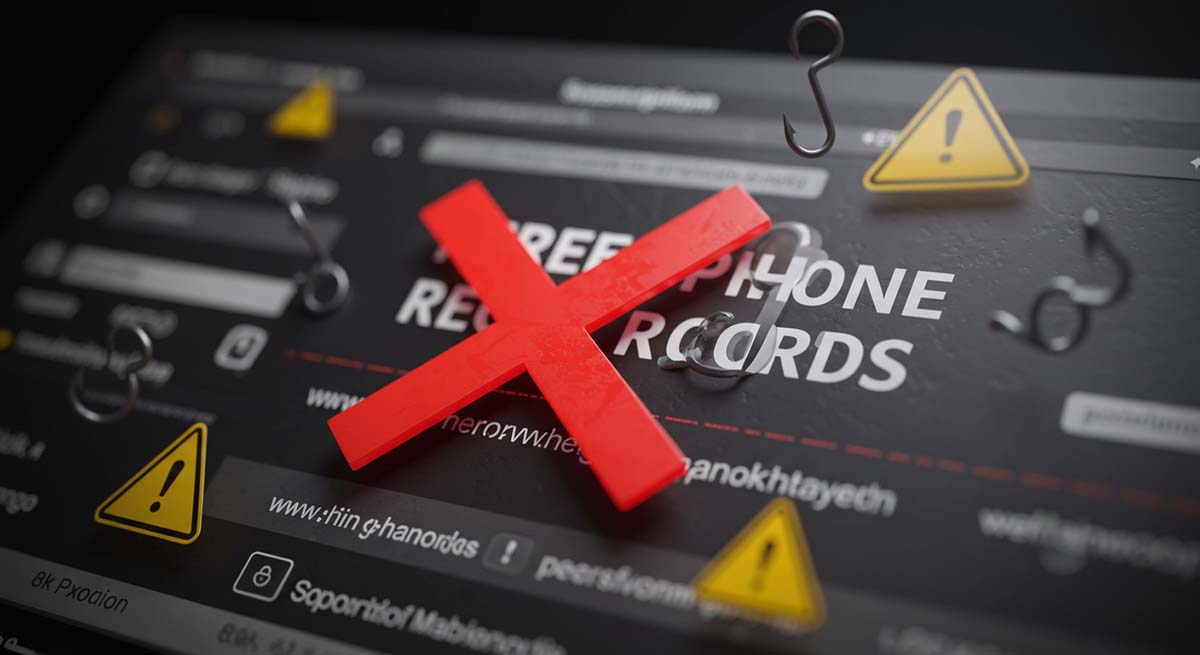
Many advertised “hacks” are outright scams. They cannot deliver call records and exist to steal from you.
Be especially wary of pages promising how to access cell phone records for free — beyond your own account’s portal, there is no legitimate path to free access to cell phone records.
| Claimed Method | Reality | Why It Doesn’t Work | Risks |
|---|---|---|---|
| Free Online Phone Record Tools | Fake websites promising instant access. | No carrier provides public access. | Phishing, malware, fraud. |
| “Government Database” Access | Nonexistent for public use. | Classified data; hacking attempt risks. | Scam loss, criminal charges. |
| Messenger/Cloud Hacks | Compromising WhatsApp, iCloud, etc. | No carrier call history stored there. | Felony hacking charges. |
Free Online Tools or “Hack Sites”
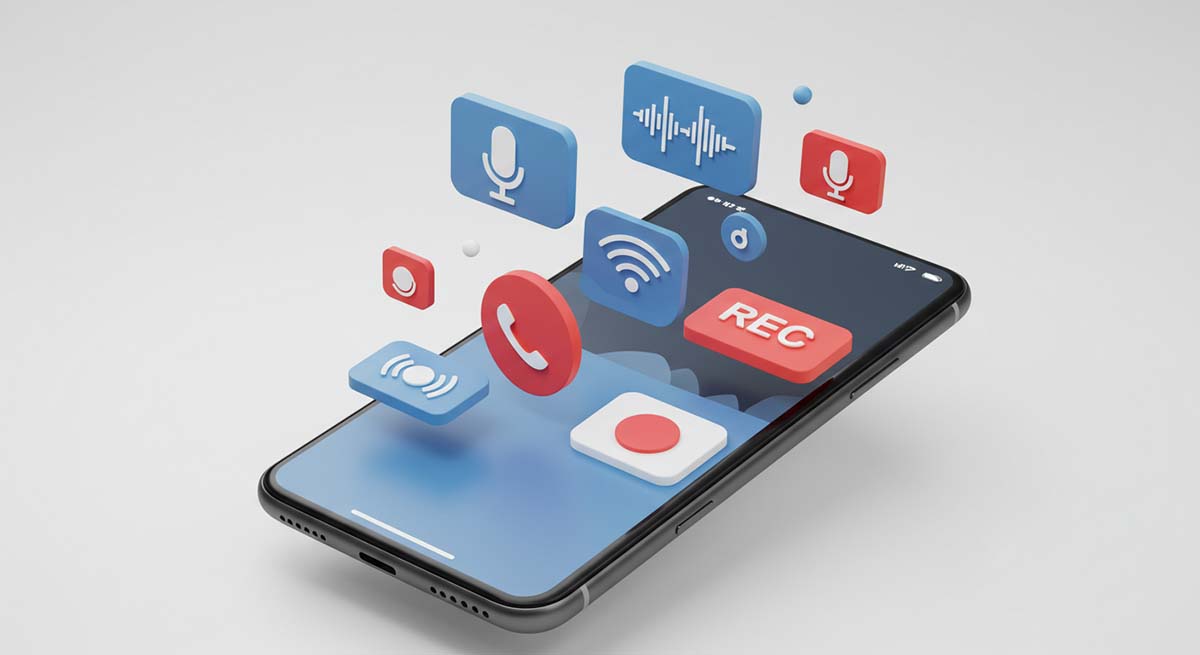
The Myth: Websites or ads promise “Enter Phone Number, Get Call Logs FREE!” or “Hack Any Phone Instantly.”
- How They “Work”: Pure scam. Tactics include:
- Phishing: Stealing your login credentials or payment info.
- Malware: Infecting your device with spyware/keyloggers.
- Advance Fee Fraud: Charging upfront fees for a “service” that never delivers.
- Gets Records? Absolutely Not. Carriers don’t expose records via public websites. No magic tool bypasses telco security.
- Risks: Identity theft, financial loss, malware infection, device compromise.
- 100% scam. Report them to the FTC (ReportFraud.ftc.gov). Legitimate services don’t operate this way.
“These sites prey on desperation and technical ignorance. They are criminal enterprises designed solely to steal from you. If it sounds too good to be true (free, instant, magic), it’s a trap. Never enter your info or pay them a cent.”– FTC Consumer Protection Specialist.
“Government Database” or “NSA Backdoor” Hacks
The Myth: Claims that hackers (or services) can access “all phone records” via non-existent FBI/NSA backdoors or public records portals.
- Reality:
- Inspired by Hollywood. Lawful access requires strict legal process (Section 1.4).
- Bulk collection programs (even if they existed) are not accessible to the public or hackers. “
- Public records” searches (like TruthFinder) only show carrier name associated with a number, not call logs.
- Gets Records? No.
- Risks: Falling for scams (3.1), wasting money, attempting illegal hacks based on false promises.
Pure fiction. The only legal path to government-held records (if any exist) is a court order.
“The idea of a hacker casually browsing NSA call databases is absurd. Classified programs are air-gapped and irrelevant to individual record searches. Any service claiming this access is lying to scam you or entice you into illegal activity that they might also be monitoring.”– National Security Law Professor.
Hacking Messengers (WhatsApp, Signal) or Cloud Backups (iCloud, Google Drive)
The Myth: Gaining access to someone’s WhatsApp, iCloud, or Google account will reveal their cellular call history or recordings.
Reality:
- Messenger Call Logs (WhatsApp/Signal): Maybe (Logs Only), IF you fully compromise their account *AND* they have chat history/call logs enabled *AND* you access the app on their device or a linked web/desktop client. Signal calls/logs are ephemeral by default.
- Messenger Audio Recordings: Impossible. End-to-End Encryption (E2EE) means no one, not even WhatsApp/Signal, has access to call content. Recordings aren’t stored.
- Cloud Backups (iCloud/Google Drive): No Cellular Records. Backups contain device data (photos, contacts, app data), not detailed carrier call logs or recordings of standard cellular calls.
- Risks: Attempting to hack accounts (phishing, credential stuffing, malware) is illegal (CFAA), easily detected, leads to account lockouts, and triggers law enforcement scrutiny.
Ineffective and illegal for cellular records. E2EE makes messenger call content inaccessible. Cloud backups lack standard call logs. The effort yields minimal useful data at maximum legal risk.
“Targeting cloud or messenger accounts is a major felony with a huge forensic footprint. Even if successful, you won’t get the cellular call logs you’re after. The juice (almost no relevant data) is absolutely not worth the squeeze (federal prison time).” – Digital Forensics & Incident Response (DFIR) Expert.
Conclusion and Recommendations
There are no safe shortcuts to bypass consent for phone records.
If you’ve been searching how to access cell phone records or how to get access to cell phone records, the responsible routes are clear: carrier portals for accounts you control, parental control software like Hoverwatch for minors or company devices (with consent), and court orders through an attorney for serious legal matters.
- For account holders: Use your carrier portal or app — the only true way to access cell phone records you legally control.
- For parents: Use ethical tools like Hoverwatch for minors.
- For businesses: Monitor company-owned devices with transparent consent.
- For legal disputes: Work with an attorney to obtain a subpoena or warrant.
- Enable 2FA on carrier and email accounts.
- Set a SIM lock or port-out PIN.
- Use strong, unique passwords and a password manager.
- Watch for phishing attempts; keep devices updated.
FAQ: Additional Questions About Accessing Cell Phone Records
In general, only the account holder, an authorized user you designate, or parties with a valid court order can access your records. Employers may view records on company-owned devices with clear consent policies.
Log in to your carrier’s online portal or app. If you’re the account holder, you can usually download recent call logs directly — the most reliable form of access to cell phone records without a phone call.
Yes — if you are the account holder, your carrier portal is typically free. Beyond that, there is no legitimate way to obtain free access to cell phone records for numbers you don’t control.
If you are the account holder, sign in to the carrier portal from another device and download recent logs. For content like messages, check your device backups; carriers don’t store message content.
Work with an attorney to pursue a subpoena or warrant. This is the only lawful route for third-party access and typically yields call metadata, not audio content.


